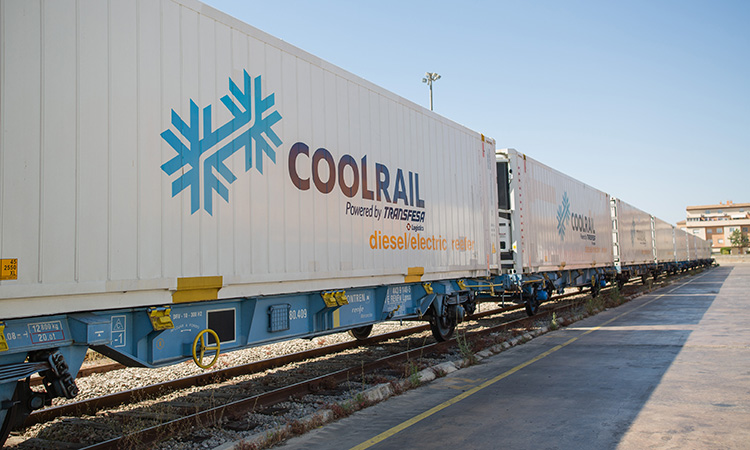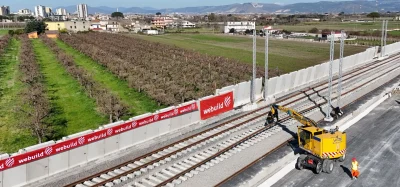Transfesa Logistics and EPS to expand CoolRail rail freight service
Posted: 19 October 2020 | Global Railway Review | No comments yet
The collaboration between the two companies will see the CoolRail freight service expand to the UK, the Nordic countries, Germany and Poland, among others.


Credit: Transfesa Logistics
Transfesa Logistics and Euro Pool System (EPS) have announced that they have signed an agreement to operate the CoolRail service. As a result of this alliance, the first direct rail freight connection for refrigerated products between Valencia and Rotterdam expands its coverage area to reach all of Europe. The companies will join forces to launch a new stage, in which the service will continue under the name ‘CoolRail powered by Transfesa Logistics’.
This new cooperation makes it possible to make a wider network available to the market – in addition to the main route to Rotterdam – with destinations to the UK, the Nordic countries, Germany and Poland, among others.
The new route from Valencia to London will help CoolRail’s British customers to have a fast, sustainable and economically attractive transport solution. Along the same lines, the commissioning of a direct train to Cologne will allow CoolRail to reach Scandinavia, Poland and the Czech Republic through Germany. The CoolRail service will use the vast infrastructure of DB Cargo, the main shareholder of Transfesa Logistics.
CEO of Transfesa Logistics, Bernd Hullerum explained: “The association with Euro Pool System is a great opportunity for us to show the fresh produce market that the railroad can be just as fast and reliable as road service. In addition, it contributes to achieve more environmentally friendly supply chains, since a train emits nine times less CO2 than a lorry.”
Gerjo Scheringa, CEO of Euro Pool System, added: “It is our goal to achieve greater sustainability in the logistics sector across Europe. Our partnership with Transfesa Logistics helps with reducing CO2 emissions by replacing road traffic with a direct rail connection.”
Related topics
Cargo, Freight & Heavy-Haul, Route Development, Sustainability/Decarbonisation, The Supply Chain







